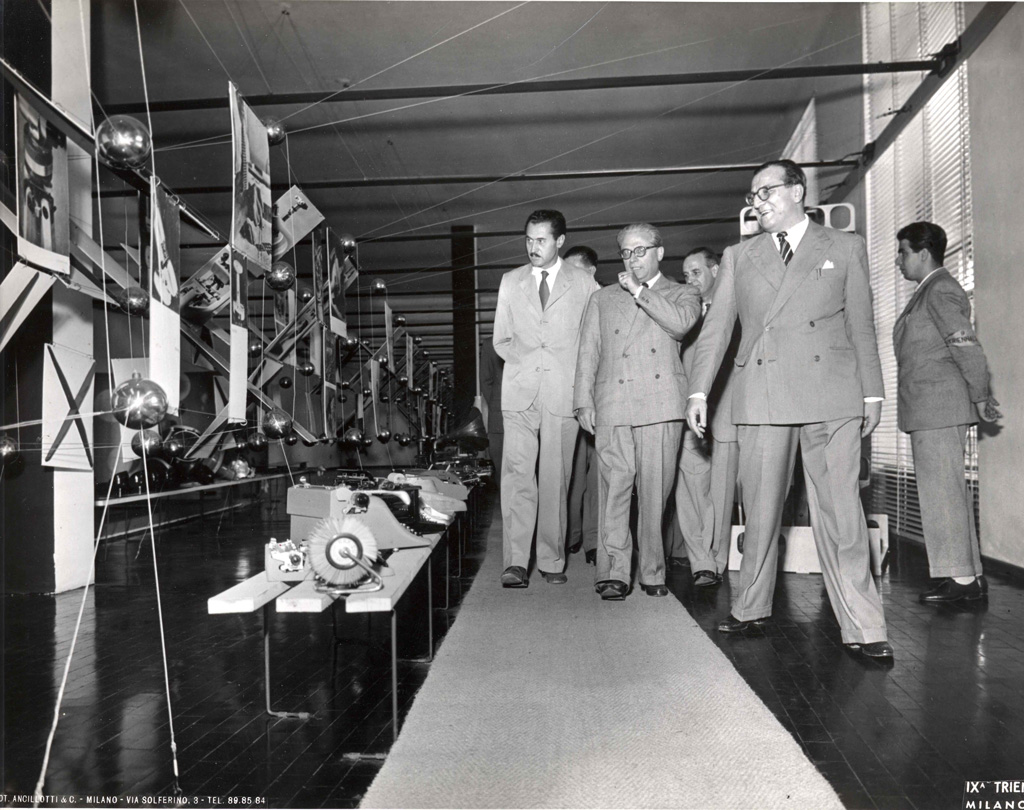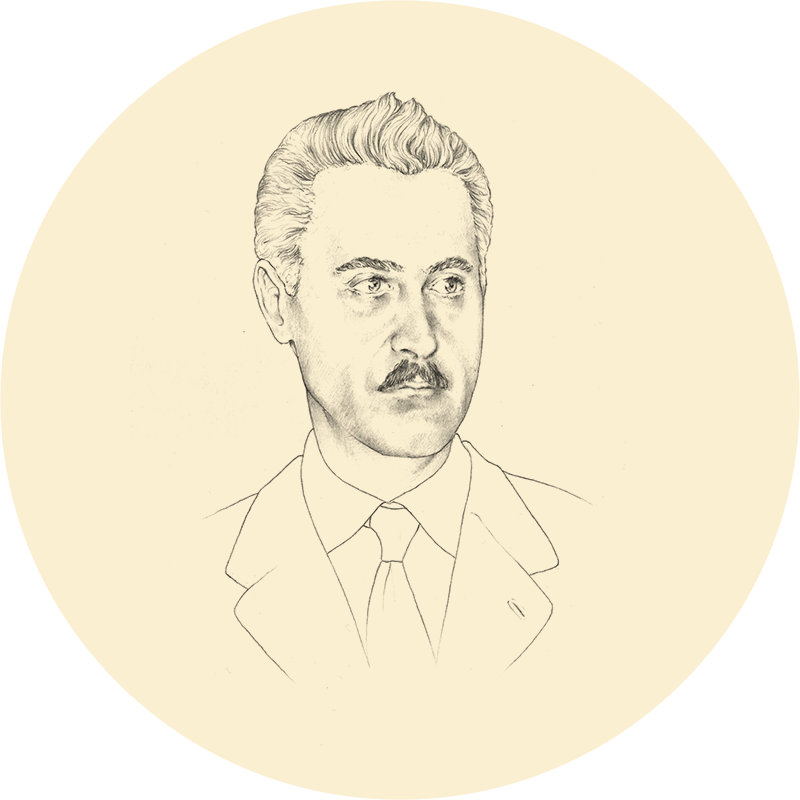In Milan, ’68 came five years early, Franco. It was in January ’63 that a group of students in the architecture department made demands for the reorganization of the course. No one listened. The strike began in February. They were young, they wanted to get out of the suffocating clutches of the academic world, no longer following the reactionary dictates of those who were still building things as if the war had never happened, as if the economic boom had never boomed. In Milan, only Ernesto Nathan Rogers managed to captivate them. As opposed to Cassi Ramelli and his neo-Renaissance SNIA Viscosa headquarters on Corso di Porta Nuova. They were called Cortese, Farè, Stevan, there was that young man from Genoa, who studied all day and worked in your studio at night, there was your son Marco… The best of their generation, in those years. They wanted to live their time, to hear the voices of people who really made architecture. They wanted you, Franco.
You, who had studied at the Polytechnic in the same years as Terragni, who had roamed Europe to get to know Mies van der Rohe and Le Corbusier. You had a bond with Edoardo Persico at Casabella, and with Giuseppe Pagano and Ignazio Gardella you imagined the urban plan for a “Green Milan” by seeking rational order to counter the disorder of historical cities. You were young hardliners, you wanted to give new arrivals to the city essential, healthful, dignified housing, to grant the city the visage of the century you were living.

You were from Robbiate, from Brianza, Franco. Your father Baldassare was an engineer who had invested in silkworms before the crisis of ’29 swept everything away. In Milan you always lived and worked in the Magenta zone, the neighborhood created by the Beruto Plan and so reviled by Magistretti that he considered it “a zone created on the model of the French quarters, but without the nobility, the richness, the consistent materials and even the sense of humor of the quarters of Haussmann in Paris.” You lived on Via De Togni, at number 23, in one of the three buildings designed by Gio Ponti. The red one. Giovanni Romani lived at number 25. Practically in front of your house, at 16, stood a building by Pier Giulio Magistretti, Vico’s father. At the age of 26 you opened your first studio, on Via Panizza, when you began to work on the new suburbs with Renato Camus and Giancarlo Palanti: the “Fabio Filzi” zone, the “Gabriele d’Annunzio” zone, the “Ettore Ponti” area.
You were an architect, a town planner, a designer. You never saw the difference. You thought – but really – that an architect should work on everything “from the spoon to the city” with the same rigor, the same commitment. You were looking for a method to apply, equal for any scale, any social class. There was no difference between designing a house for the affluent or a subsidized housing project. Anti-genius by position, allergic to romantic “flights of fancy,” you believed in the praxis of the artisans, aware that it is possible to use a pencil as a sword. There was no room for mistakes. Less was more, as a professional practice, a moral expression. You hated waste, believing it was necessary to liberate resources for better distribution, to all. You loved art but you hated collecting, since the principle of possessions enslaves rather than making its advocates free. You designed houses for your whole life, yet you never owned one.
